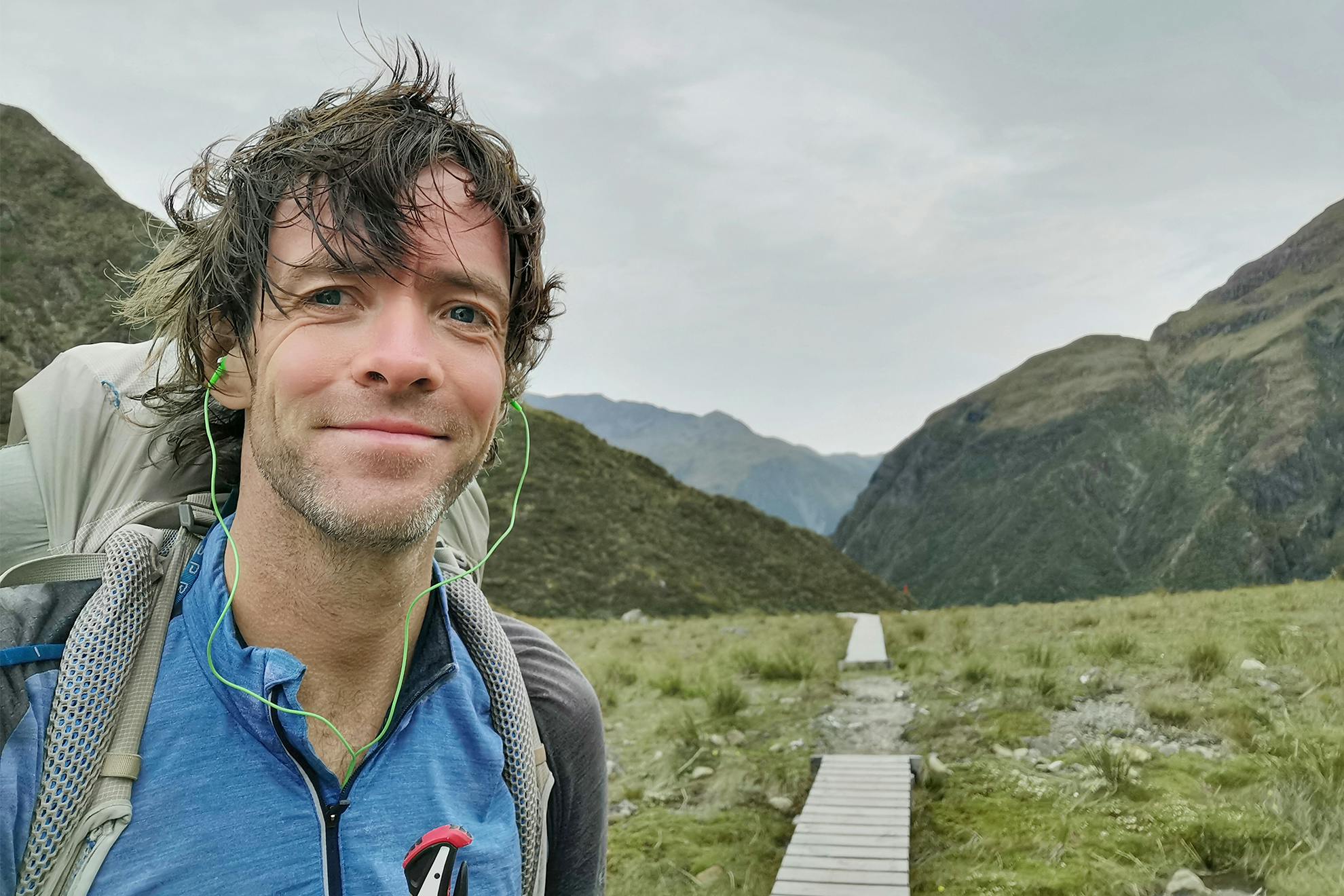Even though you’re using your legs for transport and staying in hut and tents for much of the journey, walking Te Araroa can cost five figures.
Ask anyone how much it costs to walk the length of New Zealand and you’ll likely get the answer ‘how long’s a piece of string?’. While it’s true everyone has different requirements and needs, there are some basics that can be planned for.
The Te Araroa Trust advice is to ‘plan to start with enough money to safely enjoy the entire journey’. Seems sensible. Who wants to run out of money halfway, eating dried noodles for the 160th day in a row, or finding themselves in a pickle with no way out?
How much will be needed is determined by the time you’ll spend on the trail. The longer you’re there, the greater the cost will be.
It can take anywhere from three to five months for the full route, depending on fitness, and whether you veer from the trail.
For a five-month trip, previous walkers have suggested around $10,000 and no less than $8000 to cover on-trail expenses. That covers accommodation, transfers, food and some spending when visiting towns along the trail.
That doesn’t include any home-related costs while you’re away, such as bills and subscriptions, or equipment and clothing before you go.
Function, safety, weight and personal preference dictate how much will be spent on gear, but don’t scrimp on essentials like a PLB which is critical in the case of injury or emergency. Allow a budget for replacing items that get worn out or lost.
Although there’s no permit or fee to walk the trail (apart from part of the Queen Charlotte Track at $12 for a day pass), the Te Araroa Trust relies on donations to care for it, and suggests $750 for those walking the full length, or $400 for one island.
Even though your legs become your transport, you’ll still need money to get around towns, for the Cook Strait ferry and to get to the start and from the finish.
Food and accommodation are the two biggest expenses. All that walking burns through the calories and you’ll eat more food than you thought possible, and finding somewhere to lay your head at night is paramount. How much you spend though, will depend on how much luxury you want. Is it five-star hotels or a tent? One rule of thumb is to budget for the average cost of the type of accommodation you’d prefer.
Include extra money for such items as where would you stay if you were injured? How many mornings of packing up a wet tent can you stand before wanting to dry out?
If you opt for a five-course tasting menu every night, you’ll soon see your money disappear. Many walkers love treating themselves to cafe and restaurant food as they pass through towns, and by doing so, they’re supporting local businesses. Consider how often you might eat out versus cooking, and set a daily budget.
Lastly, make sure you have a generous contingency (say 10 per cent of your overall budget) for unexpected expenses.
Aucklander Matt Gordon spent just over $16,000 walking the trail in 2020. He bought nearly all his gear from scratch before he went, costing almost $4000, with another $950 spent on the trail.
His main expense was food at nearly $6000.
“This could definitely be reduced for people on a budget,” he says. “I didn’t make any effort to keep my costs down. If I came into a town and I wanted food, I got it.”
He spent $3850 in restaurants, cafes and takeaways, and the remaining $1950 on groceries.
Accommodation came to $3000 for huts, camping, hostels, motels, and airbnb’s, and transport was $1000, including flying back to Auckland.
Koha donations were just over $600, and around $750 went on miscellaneous costs like laundry, phone, WiFi, doctor, food box collection and physiotherapy.








